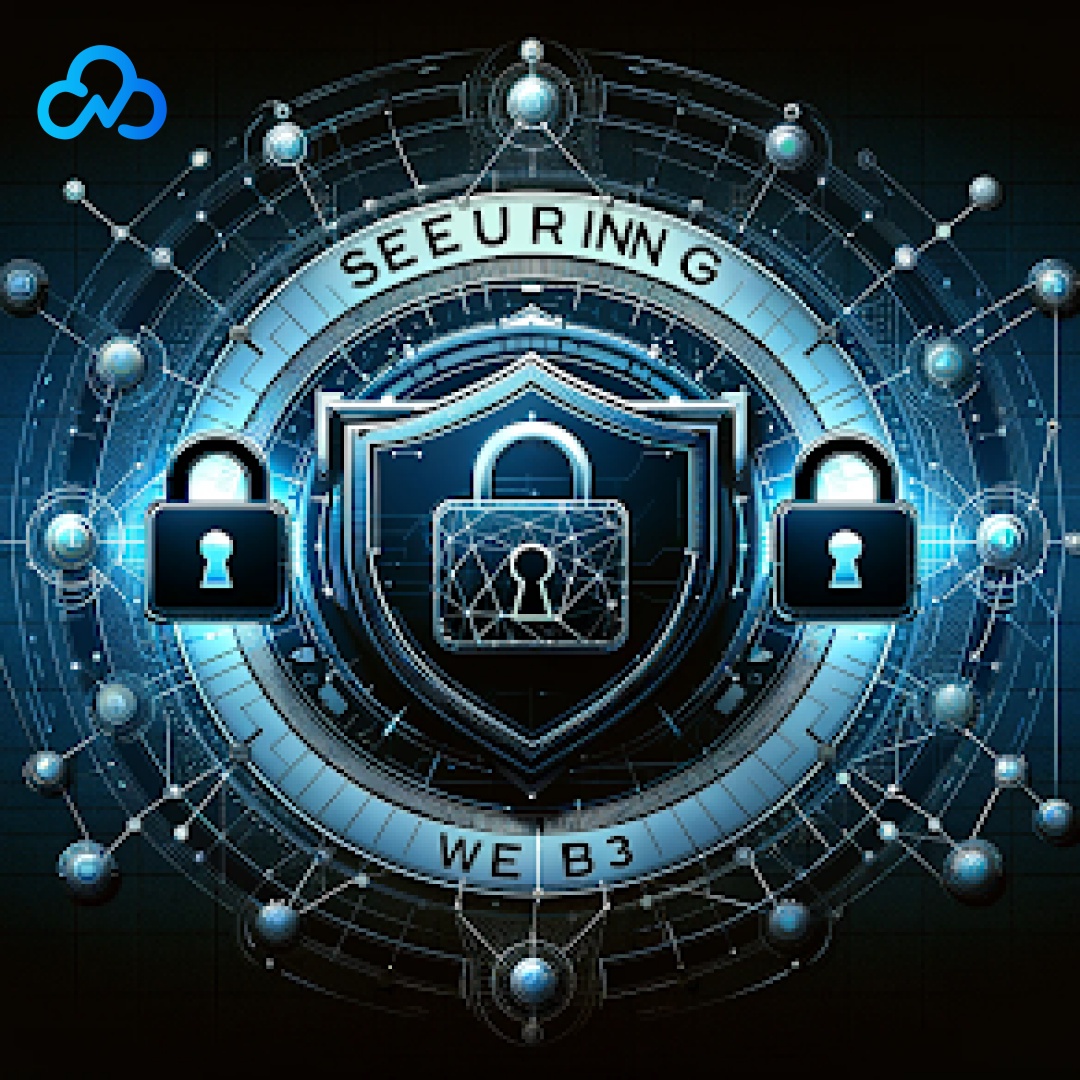The Web3 landscape is evolving at an unprecedented pace, attracting talent from traditional IT sectors to embark on groundbreaking projects in DeFi, NFTs, and layer 2 roll-up technologies within the Ethereum ecosystem. However, amidst this flurry of innovation, the critical aspect of security, especially DevSecOps, is often overlooked by many Web3 startups and projects. In this blog post, we'll explore the steps needed to seamlessly integrate DevSecOps into the Web3 application development process, ensuring a robust security posture throughout the development lifecycle.
The Ongoing Circular Process of DevSecOps in Web3
Securing Web3 applications is not a one-time task but an ongoing circular process involving discovery, remedy, and prevention. This process comprises four intertwined phases: Requirement and design, Implementation, Testing and external validation (testnet phase), and Production (mainnet) phase. Each phase necessitates specific security activities, forming a comprehensive strategy for Web3 application security.
Web3 DevSecOps Phases and Key Security Activities
- Requirement and Design Phase:
- Security requirement gathering: Identify and document security requirements.
- Technical threat model: Evaluate potential threats and vulnerabilities.
- DataFlow model: Map data flow within the application.
- Token economic model: Assess the economic aspects of any tokens involved.
- Financial security model: Evaluate the financial security of the project.
- Implementation Phase:
- CI/CD pipeline integration: Integrate security tools like SAST, SCA, secret scanning, and DAST into the CI/CD pipeline.
- IDE tool extension: Enhance development environments with security tools.
- Security code review: Regularly review code for security vulnerabilities.
- Testing and External Validation Phase (Testnet):
- Formal verification: Use formal methods to verify correctness.
- Third-party security auditing: Conduct comprehensive third-party audits, covering all code.
- Bug Bounty: Engage the community in finding and reporting vulnerabilities.
- Production (Mainnet) Phase:
- Continuous Bug Bounty: Maintain ongoing bug bounty programs.
- Logging/Auditing: Implement robust logging and auditing mechanisms.
- Monitoring/Alerting: Continuously monitor and set up alerts for potential security incidents.
DevSecOps during Requirement and Design Phase
During the Requirement and Design Phase, security activities play a crucial role in laying the foundation for a secure Web3 application. These activities involve collaboration between key stakeholders, including the project owner, technical team leader, security architect, and business functionality analyst.
Web3 Product Description and Requirement Document
Two essential documents serve as inputs to the security activities during this phase:
- Web3 Product Description:
- Describes the main functionality and user stories of the Web3 product.
- Outlines integration with third-party APIs, critical for security.
- Examples include a decentralized exchange (DEX) aggregator application, optimizing slippage, swap fees, and token prices.
- Requirement Document:
- Specifies security requirements based on the product description.
- Ensures a comprehensive understanding of third-party APIs and on-chain access logic.
- Can leverage a white paper as a product description document if it covers critical security aspects.
Bringing It All Together: A Holistic Approach to Web3 Security
The four DevSecOps phases presented here are not linear but iterative and intertwined. This underscores the need for a holistic approach to security throughout the development lifecycle. Security should not be an afterthought but an integral part of the development process, ingrained in the mindset of every team member.
Challenges and Considerations in Web3 Security
Despite the outlined phases and activities, challenges persist in securing Web3 applications:
- Dynamic Nature of Web3: The rapidly changing Web3 landscape requires continuous adaptation of security measures.
- Interconnected Ecosystem: Web3 projects often rely on various interconnected components, making comprehensive security challenging.
- Decentralized Nature: The decentralized nature of Web3 introduces new challenges, such as trustless interactions and smart contract vulnerabilities.
Conclusion: Navigating the Security Maze in Web3
In the realm of Web3, where innovation and risks go hand in hand, integrating DevSecOps is not just a choice but a necessity. By adopting a proactive approach to security throughout the development lifecycle, Web3 projects can mitigate risks, build trust, and pave the way for a secure and sustainable future.
As Web3 continues to reshape the digital landscape, the responsibility falls on developers, architects, and project owners to champion a culture of security. Only through a collective commitment to DevSecOps can the full potential of Web3 be realized, ushering in an era of innovation that is not just groundbreaking but also secure and resilient.
For any it services, software development agency solutions visit our websites.


No comments yet